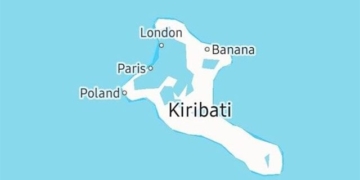Is the iconic Santa Claus, with his round belly and the signature red and white colors of Coca-Cola, the result of a legendary marketing campaign from this soft drink company?
When it comes to Christmas—the biggest holiday of the year in many Western countries—it’s impossible not to mention Santa Claus. He has been a beloved figure for children for decades. Even those who do not practice Christianity eagerly await Santa’s arrival through the chimney to deliver gifts on Christmas Eve.
For many years, it has been passed down that Santa Claus is not rooted in deep historical significance but is simply a creation of Coca-Cola’s advertising. But is this really true?
The Legendary Coca-Cola Advertisement
Indeed, Coca-Cola created an incredibly successful marketing campaign featuring the image of Santa Claus. In the winter of 1931, the famous beverage company began to portray Santa as a plump man with a long white beard, dressed in red clothing and a matching hat. This was the work of Swedish-American artist Haddon Sundblom. This depiction of Santa was a completely new creation, protected by copyright for both the artist and the brand that commissioned the artwork.
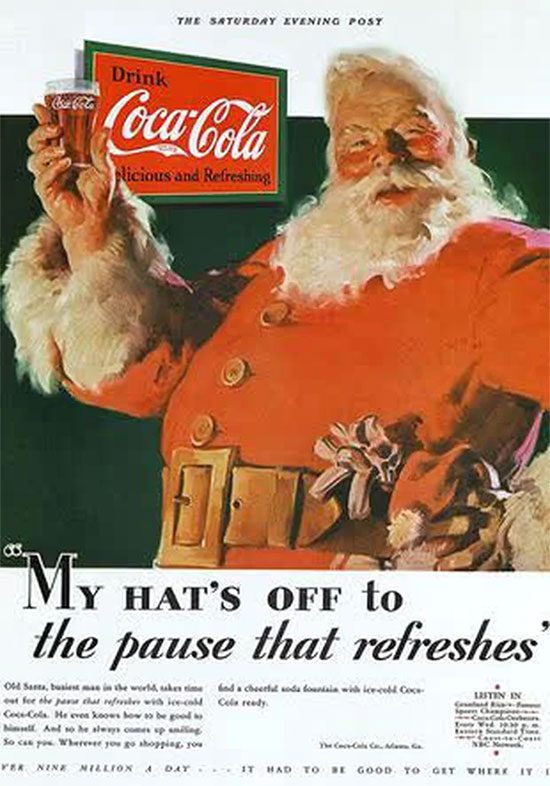
Coca-Cola’s first Christmas poster from 1931.
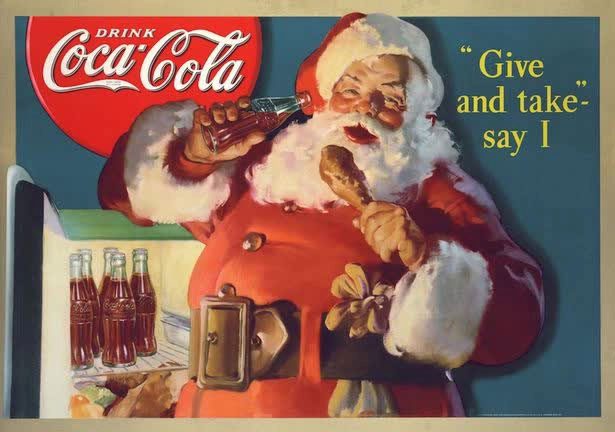
Coca-Cola’s Christmas poster from 1937.
Santa Claus appeared prominently on posters and advertisements, receiving positive feedback from customers for its cheerful vibe. Since then, Coca-Cola has continued to use this image in subsequent Christmas seasons. Gradually, as the company grew, this red-clad Santa became deeply ingrained in the public consciousness, and people began to associate this depiction as the true Santa Claus. The campaign was so successful that Coca-Cola ran it for several decades.
It is important to note that before Coca-Cola’s Santa appeared, there were various different images of this character. Traditionally, Santa Claus is derived from St. Nicholas in Christianity. However, at that time, there was no specific image of what Santa Claus should look like.
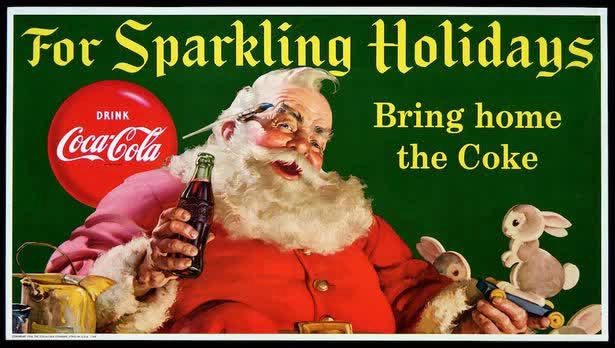
Santa Claus remained prominent in 1956.
According to many historians, prior to the creation of Coca-Cola’s Santa, St. Nicholas had appeared in numerous illustrations and written descriptions wearing a bright red coat.
Coca-Cola’s Clarification
On its official website, the iconic beverage company stated: “Coca-Cola did not create the legend of Santa Claus. However, Coca-Cola’s advertising played a significant role in shaping the jolly personality of Santa Claus as we know him today.”
Before 1931, there were many different descriptions of Santa Claus around the world, including a tall, thin man and even a goblin—there was even a scary version of Santa Claus.
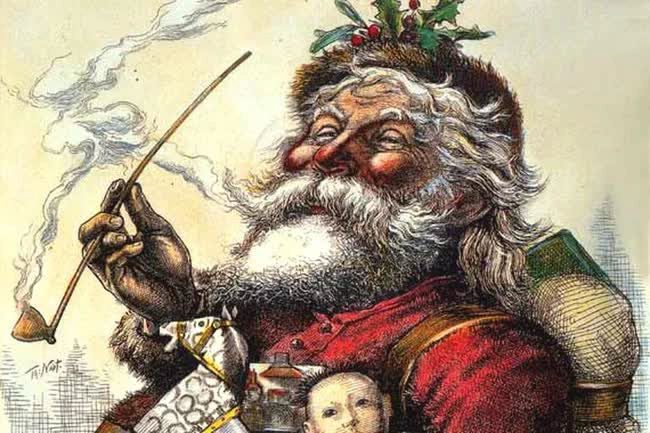
Santa Claus once looked like this.
However, in 1931, Coca-Cola commissioned illustrator Haddon Sundblom to paint Santa Claus for Christmas advertisements. These illustrations depicted Santa as a warm, happy character with human-like qualities, including rosy cheeks, a white beard, twinkling eyes, and a joyful smile. Sundblom drew inspiration for this character from an 1822 poem by Clement Clark Moore titled “A Visit from St. Nicholas,” commonly known as “The Night Before Christmas.”
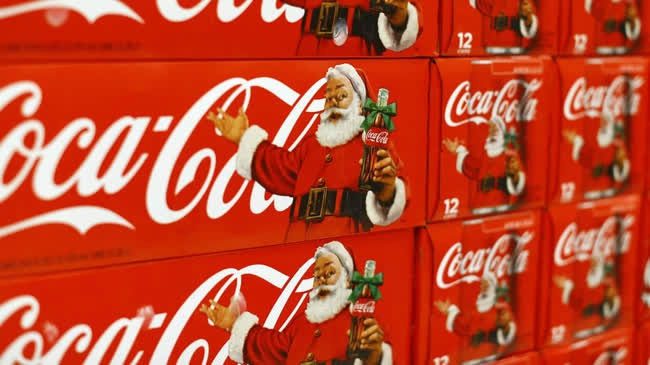
Coca-Cola helped shape the image of Santa Claus.
This means that Coca-Cola did not invent the legendary Santa Claus, but rather the character is inspired by St. Nicholas from Christianity. However, Coca-Cola’s advertising significantly shaped the image of Santa as a red-clad, plump, smiling figure we see today.
“The Coca-Cola Santa in the ‘grandfather’ style captivated the public, and as our advertisements spread globally, the perception of the most famous resident of the North Pole changed forever,” a company representative stated.
If it weren’t for this incredibly successful campaign by Coca-Cola, Santa Claus may have been portrayed in one or several less popular images during the Christmas season.




















































